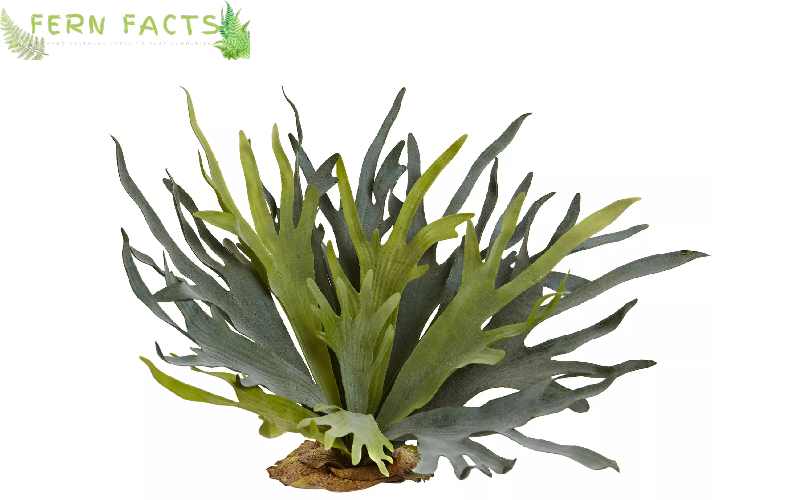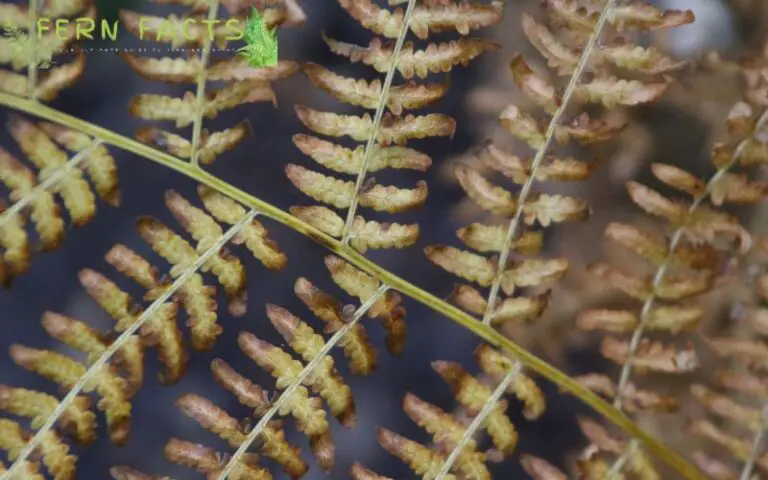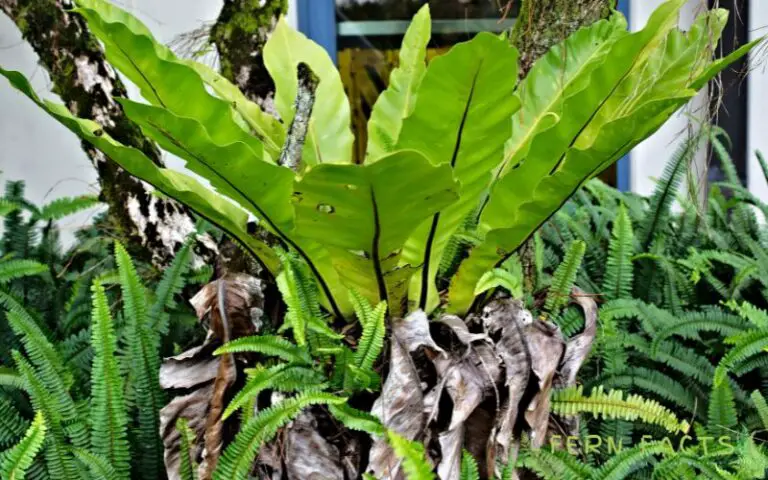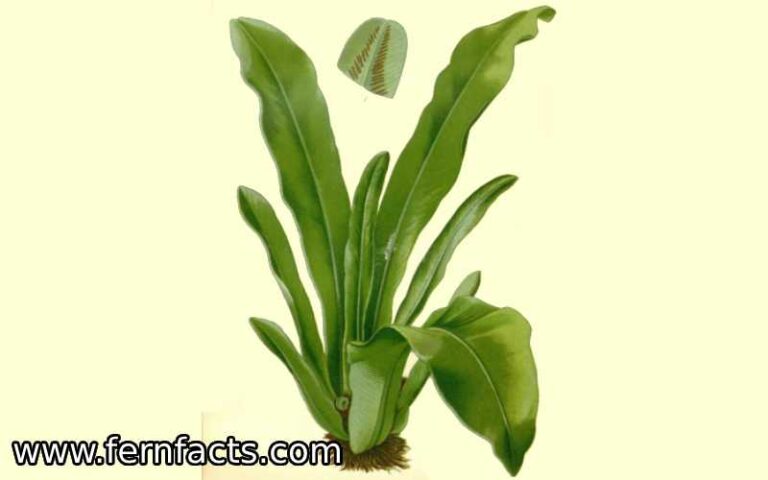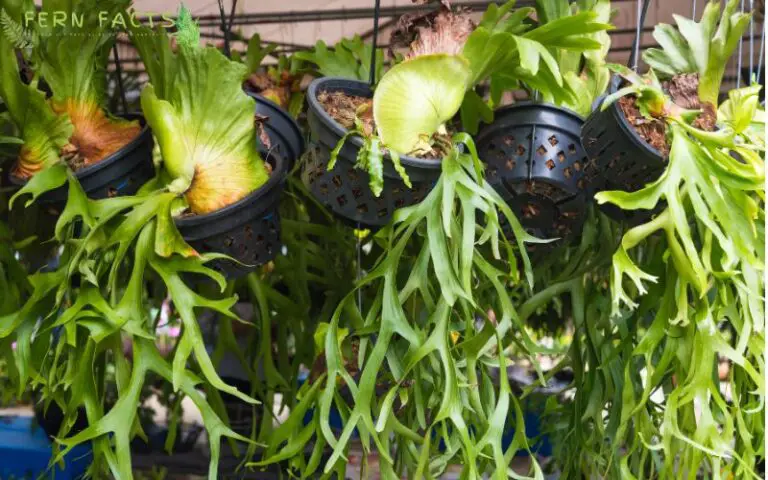How to Plant and Care Staghorn Ferns
Staghorn are slow-growing ferns that are basically used for decorating purposes at home and other places.
If you are wondering about planting these ferns at your house, then this article will guide you by giving you further information. In this article, I’ll give you an overall idea about staghorn ferns and their characteristics.
Later on, I’ll provide you with their growing and maintenance tips so that you can easily plant these ferns at your house. So let’s explore the topic more deeply.
Overview of Staghorn Ferns
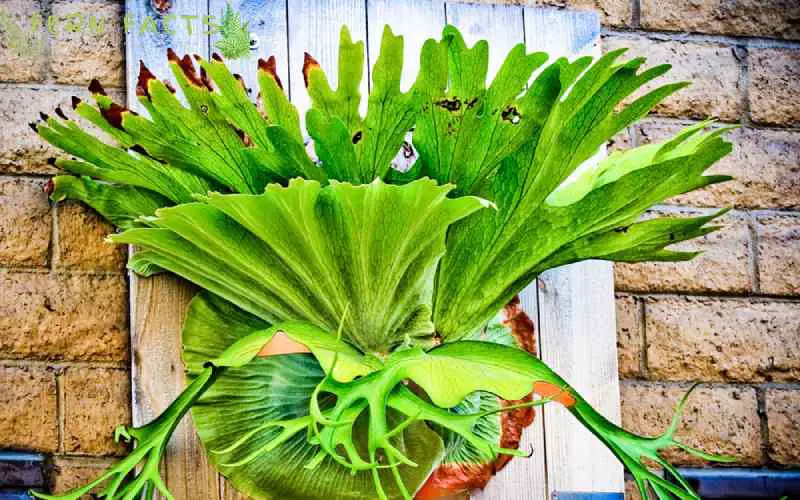
- Botanic name: Platycerium bifurcatum
- Common names: elkhorn ferns, staghorn ferns
- Family: Polypodiaceae
- Genus: Platycerium
- Plant: Perennial evergreen
- Native range: Java, New Guinea, Eastern Australia, South Wales, Queensland
- Height: around 35 inches
- Width: around 31 inches
- Shade: Partial
- Soil: acidic, neutral
- Hardiness zone: 9,10,11,12
Staghorn Ferns basically look like deer or elk antlers with heart-shaped arching fronds. These ferns are usually native to Asia and Australia; Similarly, in Java, New Guinea, South Wales, Queensland, and Lord Howe Island.
Their native habitats are rainforest areas with a moist atmosphere.
All About Staghorn Ferns
Staghorn Ferns are perennial evergreen ferns that have 17 different species in Asia and Australia currently existing.
These staghorn ferns are very frequent to grow and plant as home cultivation. These staghorn ferns have unique heart-shaped fronds around 12 to 45 cm long.
Their grey-green arched fertile also resemble a horn shape or forked, strapped shape which spread usually 90 cm long.
These ferns are also epiphytic which means they can grow on different plants or any objects but these are not parasitic ferns.
You can grow these ferns on hanging baskets or wood planks. In order to thrive your staghorn fern, you need to give them a subtropical natural environment such as dappled atmosphere, moisture, and indirect sunlight.
However, these ferns can be invasive sometimes if they are grown outside, especially in Florida and Hawaii under a warm atmosphere, they can be invasive.
That’s why you need to take extra care of their grooming and pruning.
Types of staghorn ferns
There are different varieties of these staghorn ferns. I’m going to tell you some famous and renowned cultivated staghorn fern varieties that you can plant in your house.
Silver staghorn ferns or elkhorn fern: (P. veitchii )
These varieties of Staghorn ferns are usually slow growers and smaller ferns with blue-greenish fronds. They can tolerate sunlight for a limited period of time.
Stiff or green staghorn fern (P. hillii)
These varieties of Staghorn ferns have broad fronds with bright green foliage. These fronds can grow up to 2 to 3 feet long.
American or Blake staghorn fern: ( P. andinum)
These ferns are usually narrower than the usual ones. They have 5-foot-long fronds and are almost native to Amazon rainforest areas.
Crown staghorn fern: (P. coronarium)
These types of ferns usually have long crown forked-shaped fronds.
Triangle staghorn fern: (P. stemaria)
These fern’s fronds formed v-shaped which also looked like layers of draped horses.
Elephant ear staghorn fern (P. elephantosis)
These varieties of ferns can grow around 4 ft wide with ridged leaves.
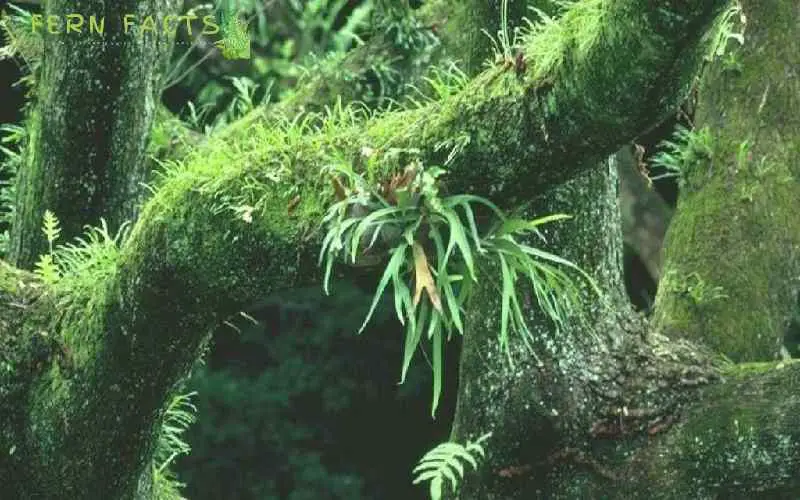
Staghorn Fern’s Care and Guidance
Most ferns crave less care and supervision in order to grow and thrive. However, these staghorn ferns can be invasive that’s why their growth can be unmanageable if it’s not properly cared for.
Let’s see how you can care for and grow this staghorn fern in your house so that they can get natural habitats for their ideal growth.
Light
These staghorn ferns need a shaded filtered atmosphere like their native habitats. However, you can place them under sunlight if you provide them with enough water and humidity. But be sure to give them a shaded place because excessive rays of the sun can burn their fronds.
Water
To thrive staghorn ferns you need to water them frequently. During warm seasons you can water these ferns once a week and in winter seasons you can water them every two weeks.
Alternatively, you can also soak these ferns in water for 10 to 20 minutes until they absorb full water. Then let them drip dry before you place them.
Avoid over-watering your plants because it can make their fronds brown and yellow.
Soil
In order to make their soil mixture, you have to add a lump of peat, moss, compost, and organic matter. They will not need any extra soil if you add a lump of peat, moss, compost, and organic matter.
Temperature and humidity
They are fond of the humid atmosphere. That’s why, try to give them humid conditions where the temperature should be above 50°F especially when they are not mature.
Although mature staghorn ferns can tolerate and survive cold temperatures, they will bloom in humidity.
In order to increase humidity around their surroundings, try to locate them in the best humid places in your house such as bathrooms, and kitchens.
Alternatively, you can also buy a humidifier for your plants which will balance the temperatures around your plants.
Fertilizer
For better growing thriving plants, you need to give them fertilizer periodically. Therefore, you have to feed them once a month with a water-soluble fertilizer during their spring and summer seasons.
Additionally, try to reduce the amount during the fall and winter seasons as they become dormant in those seasons. You can follow the label instructions from the packaging for mixing the ratio.
Pruning and trimming
Staghorn ferns grow invasively if they get their ideal warm conditions and humid atmosphere. Therefore, you need to be a little careful about their pruning and trimming process.
You have to cut down the excessive fords without affecting their main roots. Try to do the pruning on a scheduled basis; it will lessen your work.
Propagating Staghorn Ferns
If you want to propagate these ferns, then you can do the process by division. A large, mature staghorn fern can be divided by its roots where you can get chunks of root balls.
After dividing the plants into chunks of root balls, you need to place them in a pot or in a container. Later, placing the ferns you need to mix the soil with peat, moss, and compost.
Then water the plants thoroughly and keep them in a warm place until you observe new growth.
Common Pests and Problems
These staghorn ferns are sensitive to some diseases and other problems. Let’s look at those problems and issues so that you can troubleshoot these problems beforehand.
Pests problems
Although these ferns are not that much affected by pests and other insects however, they can sometimes become affected by spider mites, aphids, and mealybugs.
If your garden’s other plants become vulnerable to these pests, then there is a high chance that your staghorn ferns will also be affected.
If you see any black spots on your ferns, then it’s sure your ferns have already been affected by those pests. In such cases, you can use neem oil or any other pesticides to treat their affected areas.
- Learn More About How to Care for and Nurture Kangaroo Ferns.
Common problems
As these ferns are fond of humid conditions therefore they need moisture in their soil. If you carelessly do watering, then your staghorn fern’s fronds can become brown or black.
Due to inappropriate watering techniques, your fern’s fronds can be discolored. Therefore, you have to follow the correct technique of watering so that you can give them ideal conditions for thriving.
Furthermore, if these ferns are hanging, dust may accumulate on them, necessitating regular cleaning.
Final observation
In the final thought, staghorn ferns are very common ferns for cultivation. However, it is not that easy to grow as sometimes it’s become invasive plants under ideal conditions.
Therefore, you can grow and plant these ferns by above mentioned guidelines and steps. Thus, you can have healthy growing staghorn ferns at your house to look at.
Frequently Asked Questions (FAQ)
How long can these ferns live?
Well, these ferns can live for many decades if they’re well cared for and observed.
Can they grow without soil?
Yes, these ferns don’t need soil. They can grow with peat, moss, and organic matter.
Why are these ferns so important?
Staghorn are very significant because they provide natural habitats for reef animals like fish.
Do they produce any kind of flowers?
No, staghorn ferns don’t grow any flowers.
Do these ferns grow very slow?
Yes, they are slow-growth ferns. However, in warm countries like Florida and Hawaii, their growth can be invasive if they get ideal conditions to thrive.

